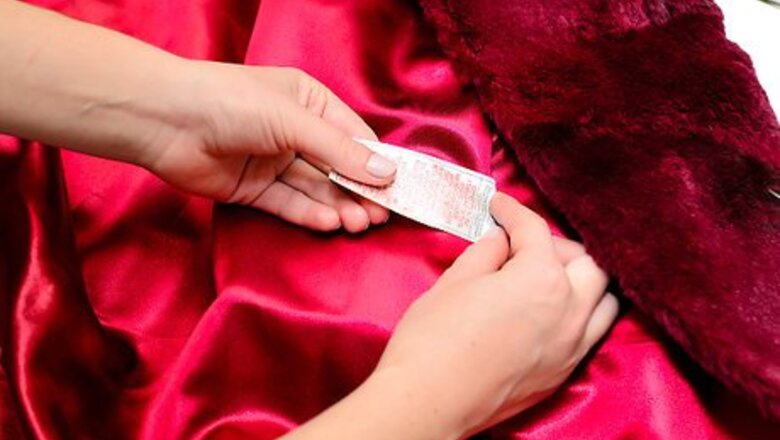
views
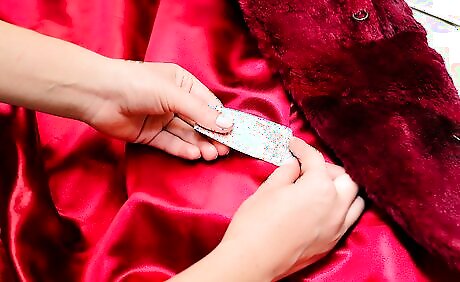
Look for labels. If the item is a garment, it will often carry a label. The label will tell you the constitution of the item (providing that the label is genuine). However, when a garment is a mix of materials and fur is not the majority of the material used, fur isn't always mentioned on the label. Also, real fur is sometimes sold as fake fur.
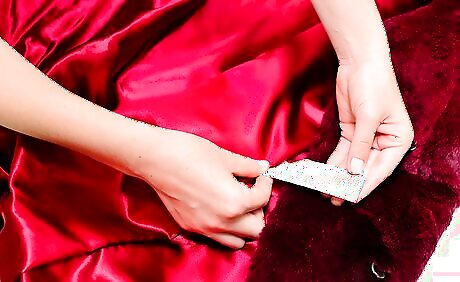
Look for brand names. If you know that some brands are associated with fur or faux fur, this might be helpful in deciding which sort of fur you are dealing with. However, be aware that some brands carry both fur and faux fur lines. For example, Abercrombie & Fitch, Aéropostale, American Apparel, Billabong, The Gap, H&M, etc. all claim to use only synthetic furs, and a number of companies are currently shifting from fur to faux fur lines. See the Sources below for a complete list.
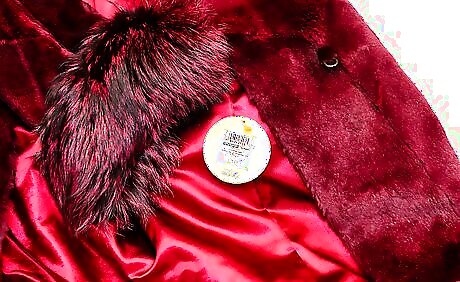
Look for price. Real fur usually costs a great deal more than faux fur. Hence the association of fur with very rich, older people! However, smaller bits of fur and fur trims can be quite cheap, so don't let the relatively low price of a garment fool you.
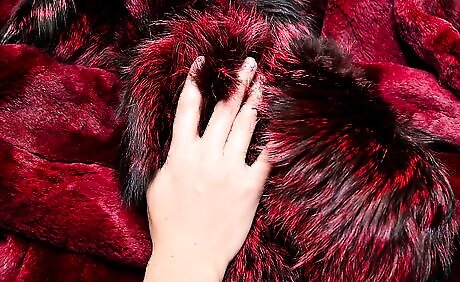
Feel the fur. Not all pieces of fur are conveniently labeled or priced. Another method for testing the item is that of feeling, however good faux fur can feel like it is real. Some indicators are: Fur: feels very soft to the touch, falls in a smooth and sleek line, passes through your fingers as if you're petting a cat. Faux fur: feels coarse and rough to touch, feels synthetic; can be sticky to touch in humid weather, and it might have the same feel as a stuffed toy animal. It might stick to your hands if it's made out of a plastic-y material (this only works if your hands are sweaty).
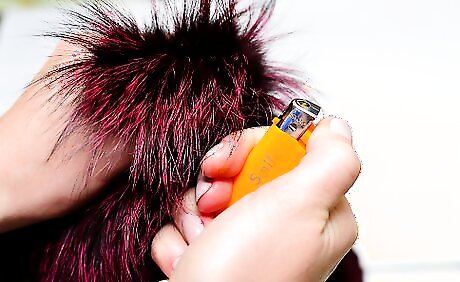
Try the burn test. This requires the loss of few pieces of fur or faux fur. Pull out 2 – 3 strands. On a flame-proof item (such as a ceramic plate), hold a match to the strands. If it is real fur, it will singe and there will be an odor similar to that of burnt hair. If it is faux fur, it will smell like melted plastic, melt like plastic, and curl into hard plastic-like balls. It could also be faux fur if it smells like burnt paper, burns like paper and become a light, fluffy gray ash. This would mean the fur is cotton, linen or rayon based.
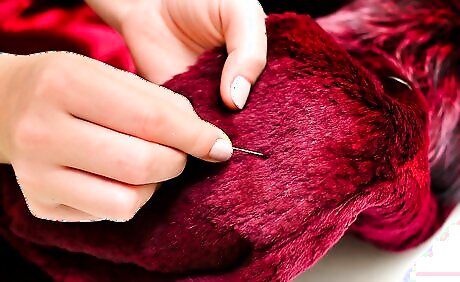
Stick a pin into the item (through the fur and its lining). If it goes through easily, this suggests it is faux fur because the pin is sliding through a synthetic base. If it is hard to push through, or resists completely, it is likely to be real fur, as you're trying to push through the leather lining to which the fur remains attached.
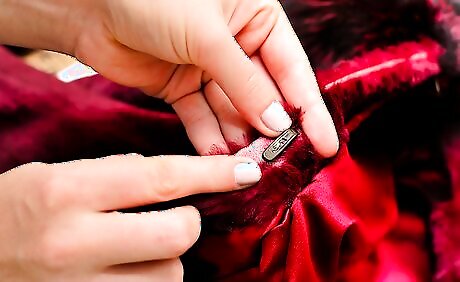
Check the backing. If you're able to see the backing of the item, or can make a small incision to check by feel or sight, look for leather to indicate real fur or stretch weave/fabric backing for faux fur. You may also be able to see the backing if you part the fur and separate the hairs.
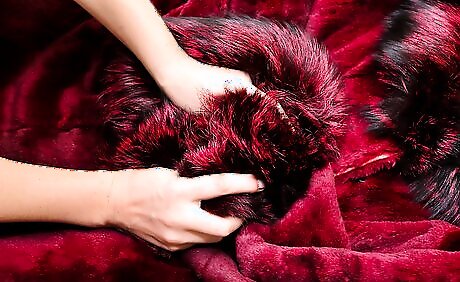
Be aware that guessing is not necessarily easy unless you have all the facts to hand. As the anti-fur advocate Kate Winslet found out to her great chagrin, simply being told that something is not fur is not necessarily a complete answer.















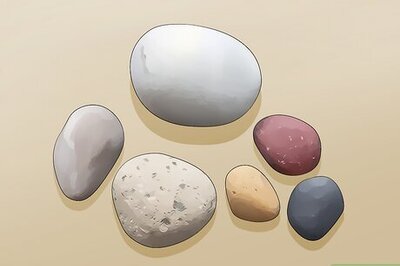
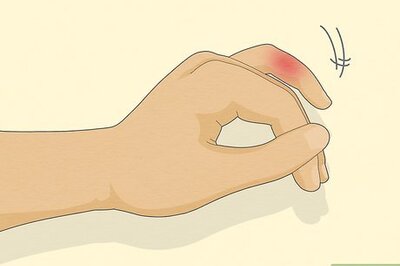

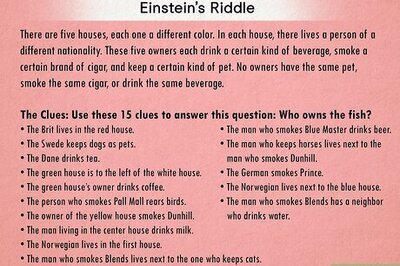
Comments
0 comment